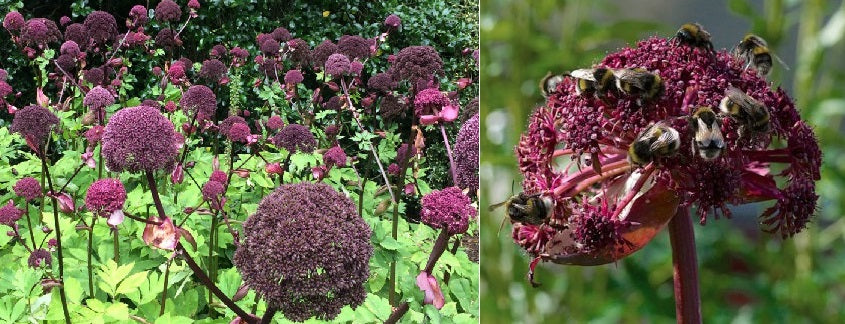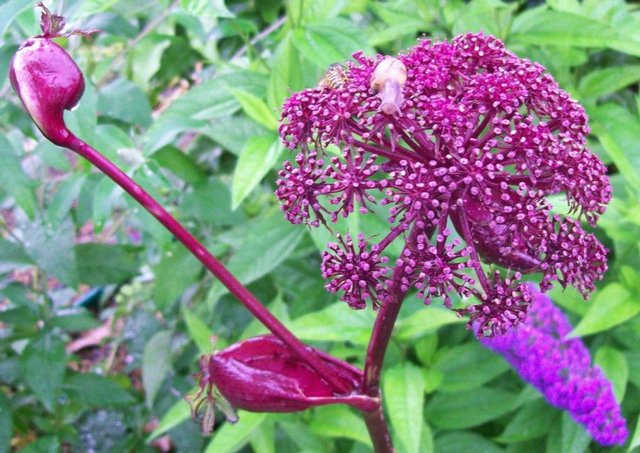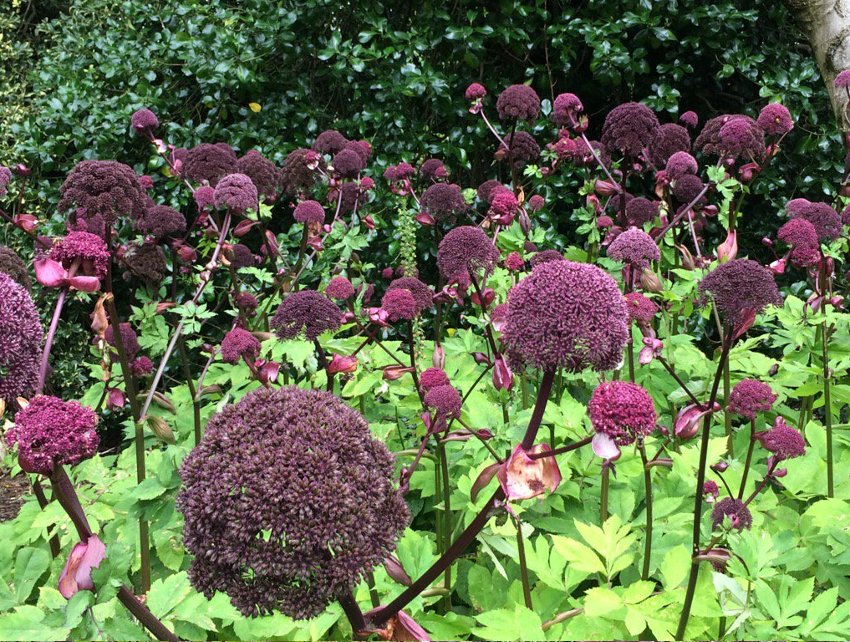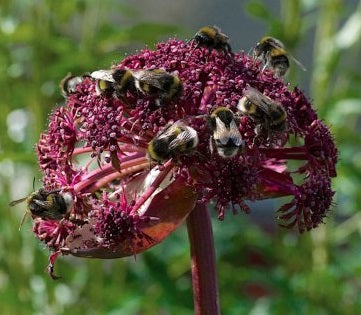speedy-seeds.co.uk
Angelica Gigas | 10+ fresh seeds | Loved by Bees
Couldn't load pickup availability
Please find for sale 10+ fresh Angelica Gigas seeds. I am also growing this biennial myself and will have plants for sale next year. Also called Korean Angelica, Giant Angelica, Purple Parsnip, and Dangquai, this plant brings three real benefits to British gardens. Its provides great structure to the back of the border, its flowers are a beautiful deep striking purple and the large flower heads are irresistible to bees!
PLEASE NOTE: ALL ORDERS RECEIVED BEFORE 8PM (MON-FRI) WILL BE DISPATCHED SAME DAY
SAVE PACKAGING MATERIALS - SEE OTHER INTERESTING & UNUSUAL SEEDS & PLANTS IN MY SHOP
INSTRUCTIONS - TO SAVE PAPER I NO LONGER SEND OUT WRITTEN INSTRUCTIONS TO CUSTOMERS. INSTRUCTIONS ARE BELOW SO PLEASE BOOKMARK THIS PAGE. FEEL FREE TO MESSAGE ME WITH ANY GROWING QUESTIONS.
Angelica Gigas should be grown at the back of a partially shaded border, in moist, fertile soil. As a biennial, it will die after setting seed. Collect the seeds and sow the seed annually in spring for a continuous display
Germination Guide (UK)
- Sow seeds indoors from late spring to early summer
- Prepare a seeds tray of sieved, well-draining soil mix - ideally 50/50 good quality compost and vermiculite or horticultural sand.
- Potting mix should be moist but not wet
- Sow the seeds individually on the surface.
- Do not cover seeds as light required for germination
- Cool, shady conditions required for germination - ideally out up against a north facing wall or some other shady place
- Germination can be slow but do not apply heat as this is counterproductive.
- Pot on seedlings when large enough to handle as required.
- Overwinter in a cool greenhouse, conservatory or well lit windowsill with temp. 5-10°C.
- Plant out the following spring
- Will readily self-seed
Olly's General Guide to Seed Sowing!
I love sowing seeds and it runs in the family - dad, granddad and finally my great-granddad for whom the hobby helped him get over his experiences in the Great War. I still get a big kick when I see the first seedling poking through from a new plant that I have never sown before or been successful at. However, even the most experienced gardeners draw "blanks" from time to time. Whilst I sow all the seeds that I sell so I know that they are viable, some are trickier than others and problems can arise so here are some tips to make "blanks" few and far between:
1) Don’t Rush! Tempting though it is when that packet arrives in the post to simply bung the seeds in some compost!
2) Google and YouTube are your friends! Take some time so see the methods other people use to germinate the seed.
3) Think Nature! What conditions do seeds face? For example a seed from a tropical plant will fall to the warm, wet and dark jungle floor. A seed from the mountains of Europe will fall to the floor in Autumn, then have to endure months of freezing temperatures before germinating in the spring. So as growers, what we are trying to do is to simulate the conditions that the seeds will naturally experience and there are plenty of tricks that can be done to short cut the processes somewhat.
4) Good compost pays dividends. The best investment you can make is to purchase three bags - one of potting compost, one of vermiculite and one of horticultural sand. With these three bags I can make up whatever soil type a particular seed likes (although for most seeds I find a 50/50 mix of compost and vermiculite works just fine)
5) Rot is your enemy. The single biggest danger to seed germination is rot - either before or after "damping off" the seeds germinate. To reduce the risk, ensure you have good free draining soil mix and that it is moist but not wet. Unless the seed variety absolutely requires it I prefer NOT to cover my seeds trays with plastic bags, Whilst germination is often faster this way, it greatly increases the risk of rot. I prefer to place my seed trans inside a watertight plastic tray and water from the bottom - airflow over the surface reduces the risk.
Materials
Materials
Shipping & Returns
Shipping & Returns
Dimensions
Dimensions
Care Instructions
Care Instructions
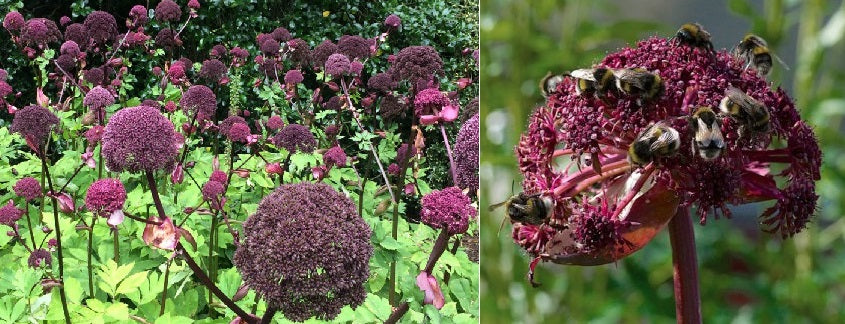
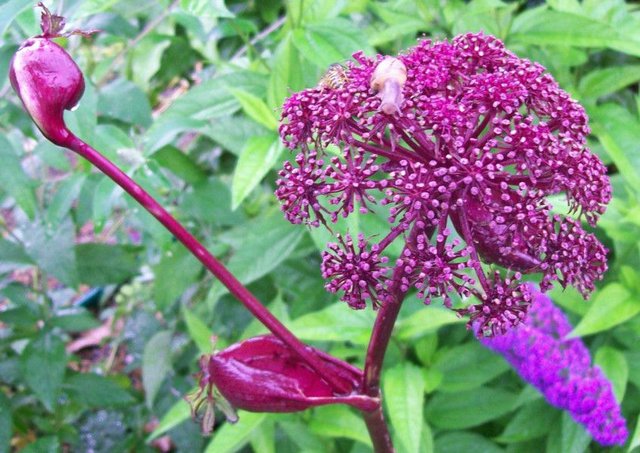
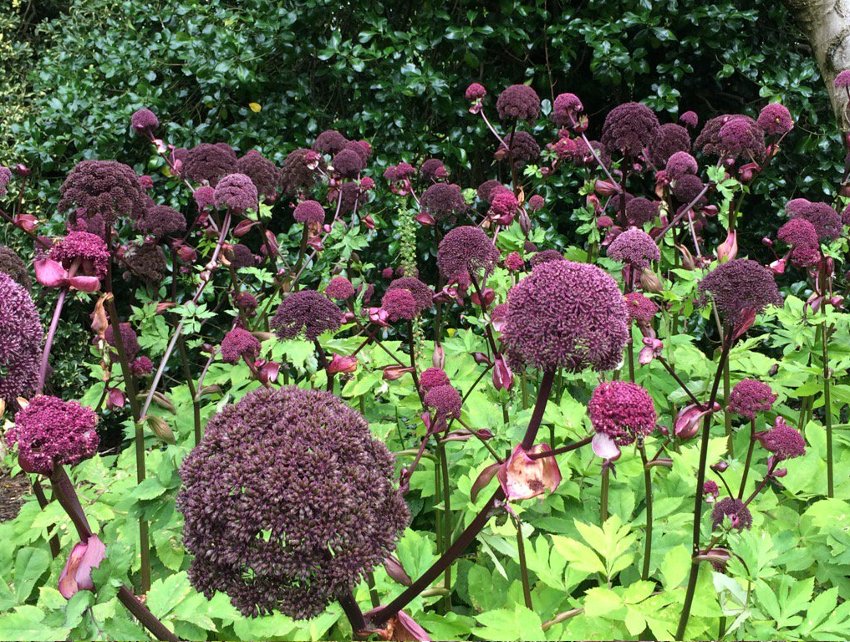
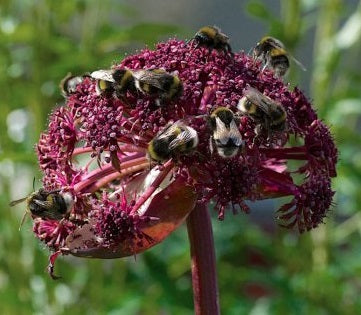
Image with text
Pair text with an image to focus on your chosen product, collection, or blog post. Add details on availability, style, or even provide a review.
-
Free Shipping
Pair text with an image to focus on your chosen product, collection, or blog post. Add details on availability, style, or even provide a review.
-
Hassle-Free Exchanges
Pair text with an image to focus on your chosen product, collection, or blog post. Add details on availability, style, or even provide a review.

